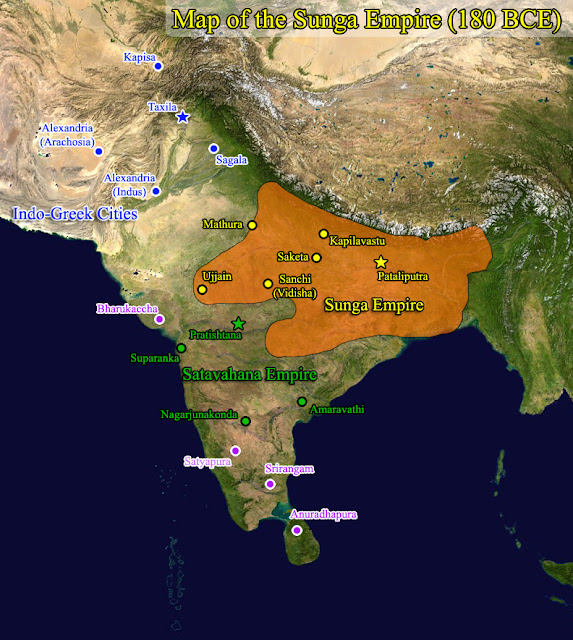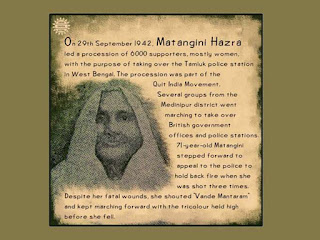Lodi dynasty was replaced by the Mughal rule in 1526. How much do you know about the Lodi Dynasty which was the last of the dynasties that comprised Delhi Sultanate?
Q.1. After which dynasty did the Lodi dynasty come to rule during the Delhi Sultanate period?
(a) Slave Dynasty
(b) Khiliji dynasty
(c) Tughlaq dynasty
(d) Sayyid dynasty
Q.2. Who was the founder of the Lodi dynasty?
(a) Daulat Khan Lodi
(b) Bahlul Khan Lodhi
(c) Ibrahim Lodhi
(d) Sikandar Lodhi
Q.3. When was the foundation of the Lodhi dynasty laid?
(a) 1414
(b) 1451
(c) 1489
(d) 1526
Q.4. Who was the Lodi sultan when Guru Nanak was born?
(a) Bahlul Khan Lodi
(b) Sikandar Lodhi
(c) Ibrahim Lodhi
(d) None of the above
Q.5. Bahlul Khan Lodi was the governor of which province/s during the rule of Muhammad Shah of Sayyid dynasty?
(a) Lahore
(b) Sirhind
(c) Bhatinda
(d) Both a and b
Q.6. Bahlul Khan Lodi, founder of the Lodi dynasty, was succeeded by whom in 1489?
(a) Sikandar Lodhi
(b) Ibrahim Lodhi
(c) Daulat Khan Lodi
(d) None of the above
Q.7. Who among the following Lodi rulers was known as Nizam Khan before he became sultan?
(a) Bahlul Khan Lodi
(b) Ibrahim Lodhi
(c) Sikandar Lodhi
(d) Daulat Khan Lodi
Q.8. Which of the following rulers of Delhi Sultanate introduced the system of auditing the accounts?
(a) Sikandar Lodhi
(b) Alau-ud-din Khiliji
(c) Muhammad bin Tuhjlaq
(d) Ibrahim Lodi
Q.9. Which of the following Delhi Sutans is credited with the foundation of Agra?
(a) Bahlol Lodhi
(b) Sikandar Lodhi
(c) Firuz Tughlaq
(d) Muhammad Bin Tughlaq
Q.10. Which of the following statements is/are correct about Sikandar Lodi?
1.Sikandar Lodi was a religious bigot
2.The rule of Sikandar Lodi saw the rising popularity of Avicenna’s philosophy in Delhi.
3.Sikandar Lodi had written verses in Persian under the penname of Gulrakhi.
(a) 1 only
(b) 2 only
(c) 1, 2 and 3
(d) None of the above
Answers
1-(d)
Notes
Lodi Dynasty which ruled the Delhi Sultanate from 1451 to 1526 came after the Sayyid Dynasty which ruled from 1414 to 1451.
2-(b)
Notes
One of the five dynasties that ruled Delhi Sultanate, the Lodi dynasty was the last of these. The founder of the dynasty was Bahlul Khan Lodi.
3-(b)
Notes
The Lodi dynasty ruled for seventy five years from 1451-1526 till their last ruler Ibrahim Lodi was defeated and killed by Babur in the First battle of Panipat in 1526 resulting in the establishment of Mughal empire in India.
4-(a)
Notes
Guru Nanak was born on 15 April 1469 at Rāi Bhoi Kī Talvaṇḍī village (present-day Nankana Sahib, Punjab, Pakistan).
5-(d)
Notes
Bahlul Khan Lodi, the founder of the Lodi dunasty, was the governor of Lahore and Sirhind during the rule of Muhammad Shah of Sayyid dynasty.
6-(a)
Notes
Bahlul Khan Lodi was succeeded by his son Sikandar Lodi in 1489.
7-(c)
Notes
Sikandar Lodhi was born as Nizam Khan.
8-(a)
Notes
Sikandar Lodhi had introduced the system of auditing the accounts.
9-(b)
Notes
Sikandar Lodhi had laid the foundation of Agra in 1504.
10-(c)
Notes
- Sikandar Lodi was a religious bigot and destroyed Hindu temples including Jwalamukhi temple at Nagarkot.
- His rule saw the rising popularity of Avicenna’s philosophy in Delhi.
- Sikandar Lodi had written verses in Persian under the penname of Gulrakhi.












